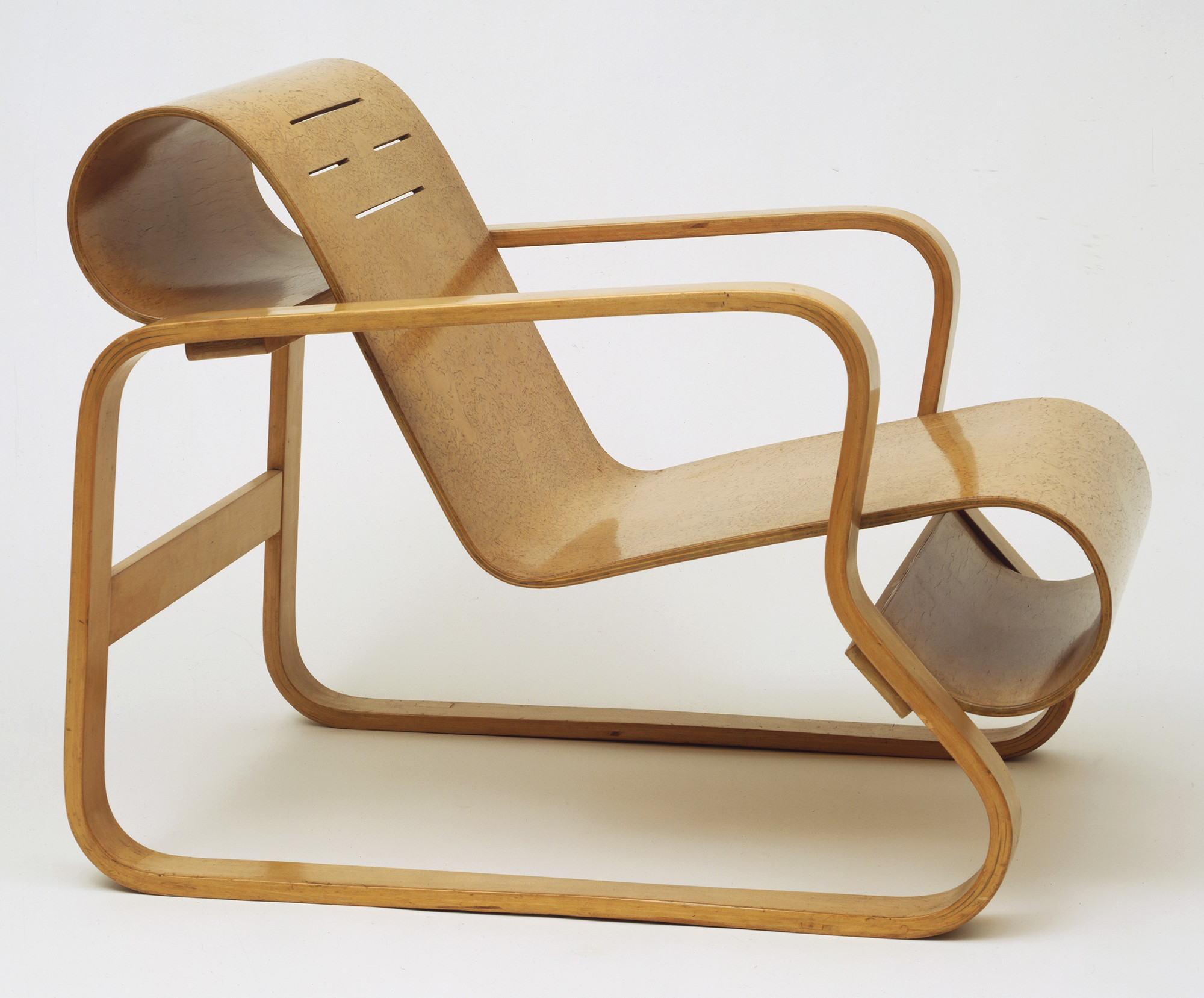 |
| timesofindia.indiatimes.com |
It seems that the universe decided to turn up the thermostat today and Yours Truly is comfortably situated in an appropriately socially distant place.
Today, Yours Truly would like to chat about Modernist Architecture. Specifically, the how tuberculosis epidemic influenced the Modern movement. In previous posts, we looked at how the humble bathroom was co-opted into the battle against germs and viruses. That made sense because bathroom surfaces are some of the highest touch areas in the house--the kitchen being the other area. However, an architectural style inspired by an epidemic? This requires a closer look.
| De La Warr Pavilion Bexhill-on-Sea, United Kingdom linkedin.com |
In 1882, Robert Koch discovered the tubercle bacillus, this rare but preventable disease, commonly known as tuberculosis. As germ theory became better understood, doctors realized that isolation was the crucial to preventing the spread of TB. A person's best hope for recovery was to live somewhere with ample fresh air, sunlight, rest, and healthy food. This was one of the reasons why East Coasters and Midwesterners came to Southern California. The standard of care for this disease was primarily environmental--"and the design of sanatoria influenced Modernist architecture" (Ibid).
| TB sanatorium life.spectator.co.uk |
The sanatorium began in mid-19th century Europe in Silesia (now Poland), Germany, and Switzerland. They began as a collection of cottages in the mountains then evolved into specifically designed buildings, who primary function was to limit the spread of germs, while providing the key components for recovery.
The first American TB sanatorium was founded by Edward Livingston Trudeau, a TB suffer, in the Adirondack town of Saranac Lake in New York in 1885. Elizabeth Yuko describes, "A key feature of the buildings in Trudeau's center was a glass-enclosed deck known as a 'cure porch'" (citylab.com; Oct. 30, 2018). Patients would spend the majority of their time resting on lounge chairs, set up on the porches, sometimes cocooned in blankets during the winter months.
 |
| Purkersdorg Sanatorium Near Vienna, Austria Josef Hoffman (1903) pinterest.com |
In creating worker housing, early European Modernists such as Bruno Taut and Peter Behrens found inspiration in the sanatoria design. The Weissenhof estate in Stuttgart, built for the Deutscher Werkbund exhibition of 1927, Paul Overy wrote in his book Light, Air and Openness that Peter Behrens designed an apartment block,
...was directly inspired by the model of the sanatorium and provided every tenant with an open-air south-facing terrace (citylab.com; Oct. 30, 2018).
| Paimio Sanatorium Paimio, Finland Alvar Aalto (1932) qz.com |
Modernism and the sanatoria came together in Finnish architect Alvar Aalto' Paimio Sanatorium, in southwestern Finland. The seven-story sanatorium opened in 1932 and featured balconies at the end of each residential wing so weaker patients could easily enjoy fresh air. More mobile patients could enjoy sunlight and fresh air on the roof terrace.
Alvar Aalto designed more than the building, he also created the interior spaces, furniture, and fixtures, andesigned to help the healing process. Elizabeth Yuko cites, "For example, custom sinks in Paimio minimized noise, so as not to disturb the patient's roommate, and splash, to keep germs from spreading" (citylab.com; Oct. 30, 2018). The most famous of Alvar Aalto's furniture designs, the Paimio chair, crafted from bent birch plywood, intended for easy cleaning, was specifically angled to ease a patient's breathing. The chair influenced Charles and Rae Eames and still remains in production today. Paul Overy wrote,
During the 1920s and 1930s, furniture originally manufactured for sanatoriums and hospital became fashionable for domestic use among the more sophisticated of the European and American middle class (citylab.com; Oct. 30, 2018).
| Paimio sink paimiosanatorium.fi |
Dean MacKeith said,
I think that's where this dialogue between the formal principles of Modernism and the site-specific and human-centered design approaches make the building very, very instructive, even now in contemporary thinking (Ibid)
 |
| Paimio Chair 1931-32 moma.org |
It is no coincidence that the Paimio Sanatorium was built in the middle of a forest with an expansive balcony and oversized windows to allow patients to take in the view year-round. Regardless of the site--the desert, the beach, the mountains--"the natural environment surrounding the sanatorium was carefully considered" (Ibid). The remote sanatoria allowed patients to escape the dirty crowded cities while providing them with restorative views of nature--another Modernist design principle.
Reuben, Rainey, a University of Virginia professor emeritus of landscape architecture, cites Le Corbusier,
Sure, he had a flat roof [on many of buildings]--but he also had a view of the pastoral landscape,.... The landscape as a healing element is very, very important to the Modernists themselves, the whole idea of bringing the outdoors indoors (Ibid)
Elizabeth Yuko reports, "Fifty-two years after Paimio opened, some of the empirical research was conducted on the effects of nature on physical healing" (Ibid). Environmental psychologist Roger Ulrich studied the patients who had a room with a view of leafy landscape. His study was published in Science in 1984, revealing "that when all other aspects of their care were equal, the patients with a window that looked out onto trees had fewer surgical complications, healed faster, and required significantly less pain medication than those whose window faced a brick wall" (citylab.com; Oct. 30, 2018).
The connection between the Modern moverment and the sanatorium design is one reason for the sterile perception of the Movement. Be that as it may the connection "also complicates the notion that Modernism was coldly indifferent to human concern" (citylab.com; Oct. 30, 2018). Modernists like Alvar Aalto and the Eames also designed in ways that were ergonomically-minded and appealed to the senses. Those qualities continue to inspire contemporary architects.
Peter MacKeith told CityLab,
One of the very common criticism of modern architecture...is that it's usually presented and understood as being derived from a very mechanistic approach. As opposed to an architecture that's much more derived [from human] anatomy itself and all of the interrelated systems that we have,... I think that over time, there has been a rather gradual transformation away from the strictly mechanical approach...to one that is human-centered and much more organic, perhaps (citylab.com; Oct. 30, 2018).
No comments:
Post a Comment